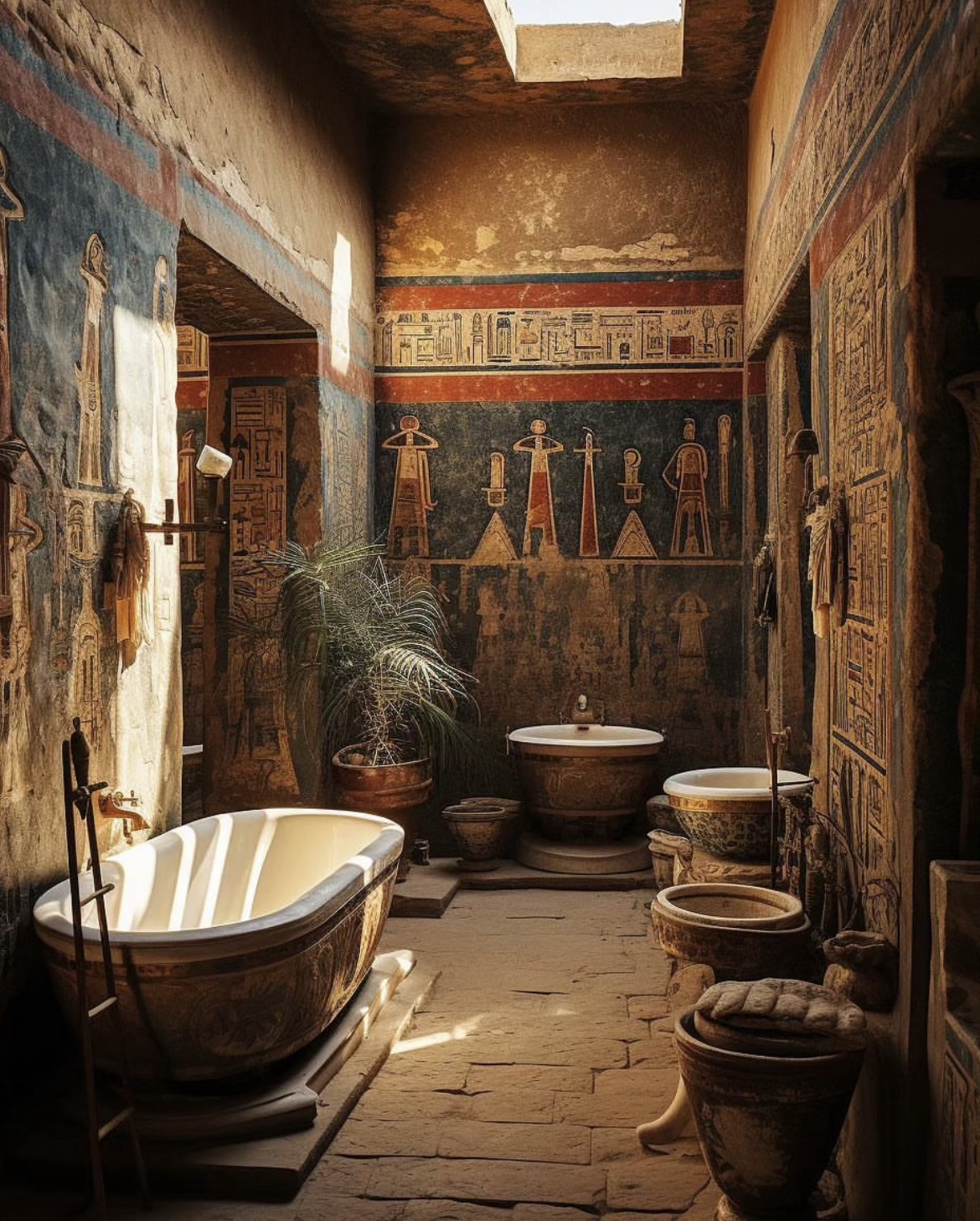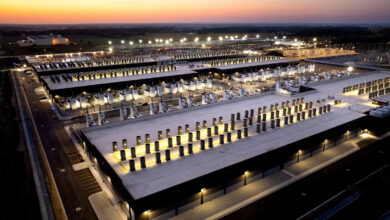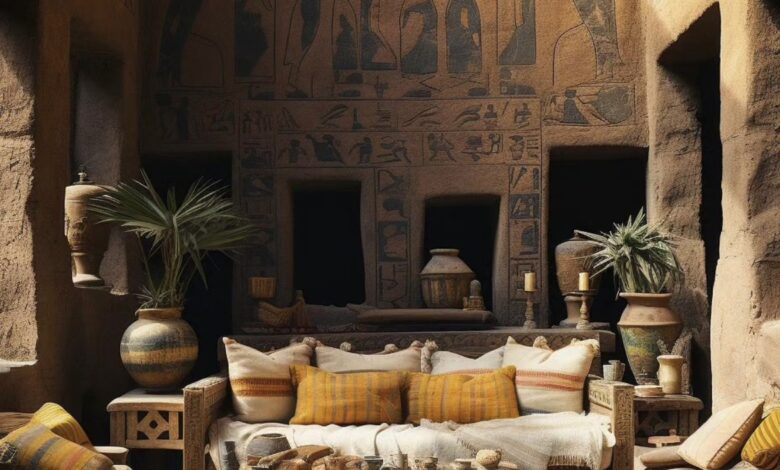
There are those who wonder as to how the ancient Egyptians lived thousands of years ago.
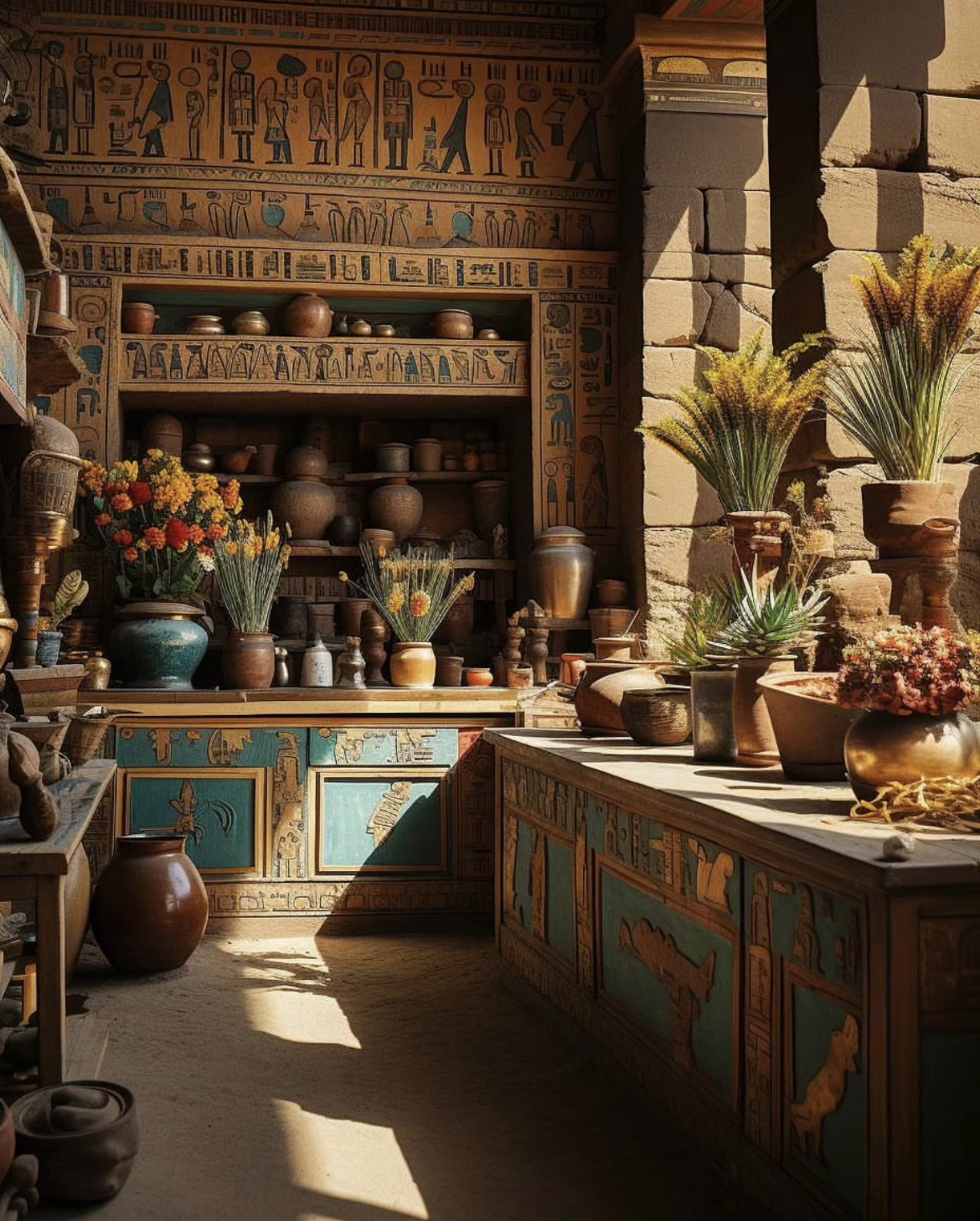
To this day, ancient Egyptian temples testify to one of the greatest civilizations in history, through texts and scenes on its walls that tell stories of ancient Egyptian life.
Now, Egyptian-American graphic designer Hassan Ragab has used Artificial Intelligence (AI) image generation tools to create a series of images combining ancient Egyptian temples with modern interior design, combining the past with the present in a new way.
In an interview with CNN Arabic, Ragab says that since he started exploring these AI tools he has been eager to use them in a different way, to create new perceptions of the future of architecture.
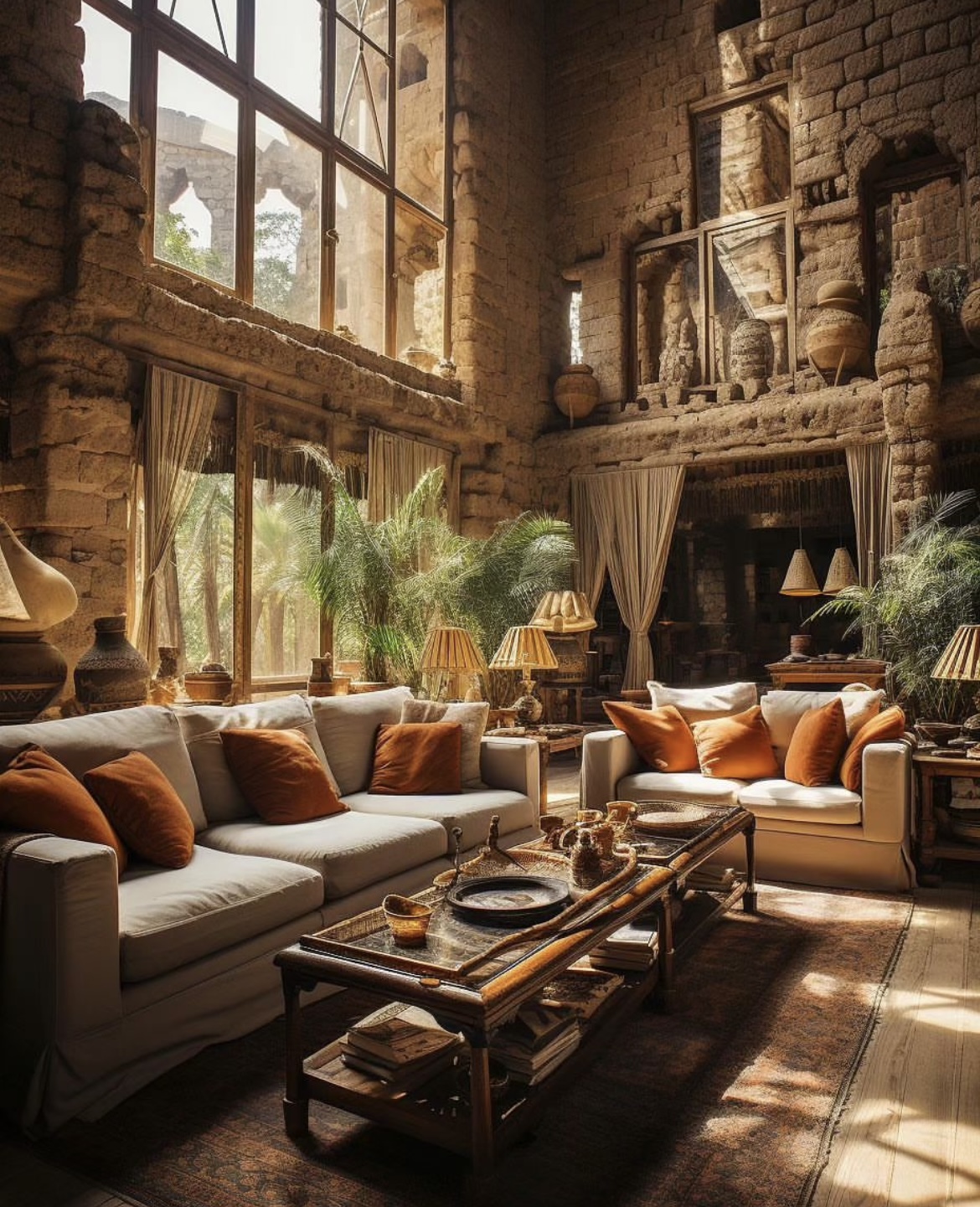
Although Ragab’s field of work is in modern architecture, Egyptian architecture throughout its ages has always been a source of interest for him.
AI is an opportunity to rediscover the history of architecture from an artistic angle, he said.

He told CNN Arabic: “It is like an attempt to rediscover the Egyptian heritage in a way that keeps pace with contemporary changes and the impact of international architectural trends on the Egyptian urban environment.”
“This series is part of an artistic research journey in my attempt to find a visual design language based on a symbolic image of Pharaonic architecture,” he added.
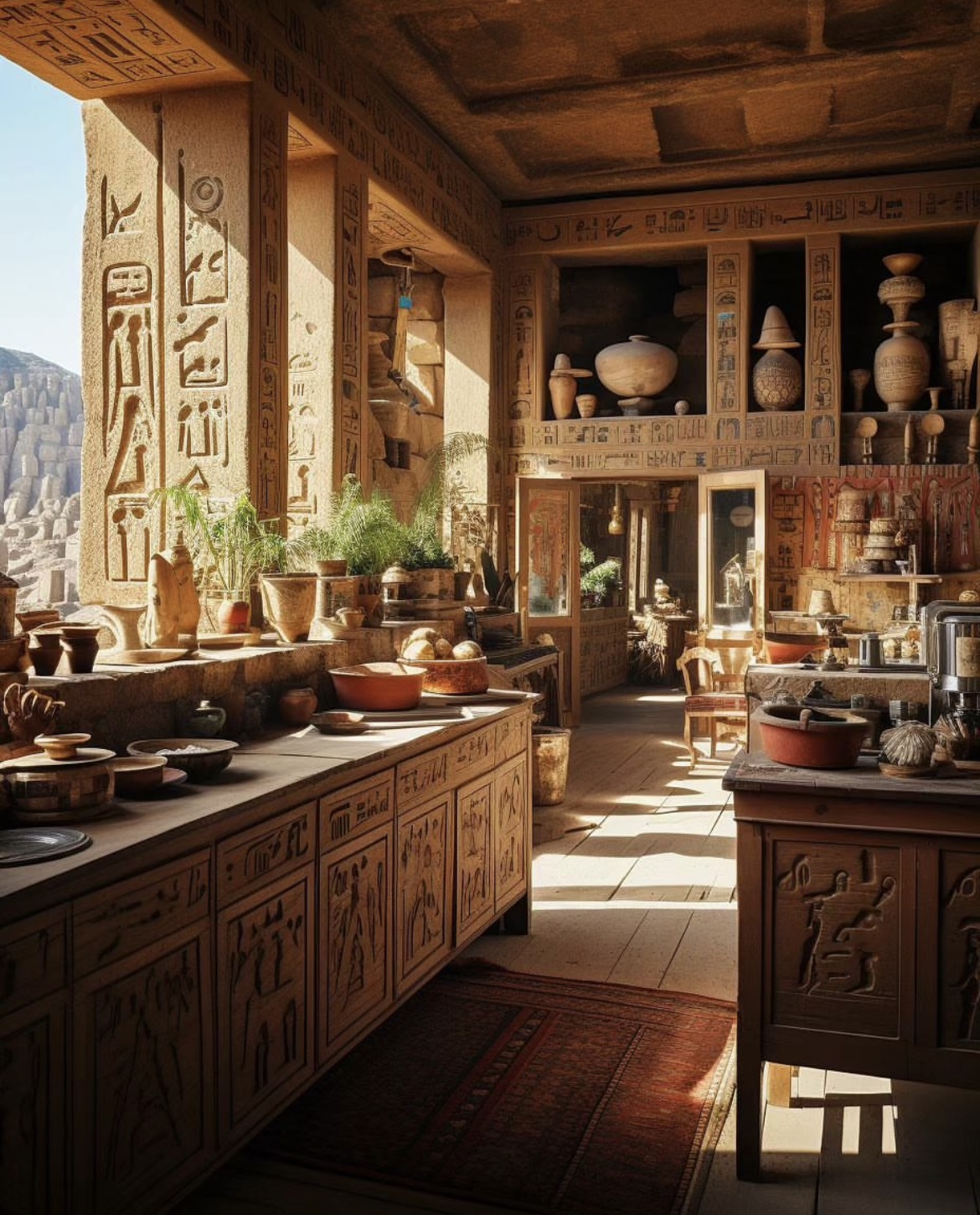
Given Ragab’s experience in architecture, archeology, computational design, furniture design, construction, and generative arts over more than 13 years, he finds ancient Egyptian architecture “one of the most important architectural human products, because of the artistic and philosophical meanings and ideas it carries,” he said, pointing out that it is “a funerary architecture that revolves around the eternal afterlife that follows death.”

On a personal level, Ragab says he finds himself drawn architecture of his ancient Egyptian ancestors, devoid of the materialism of modern life.
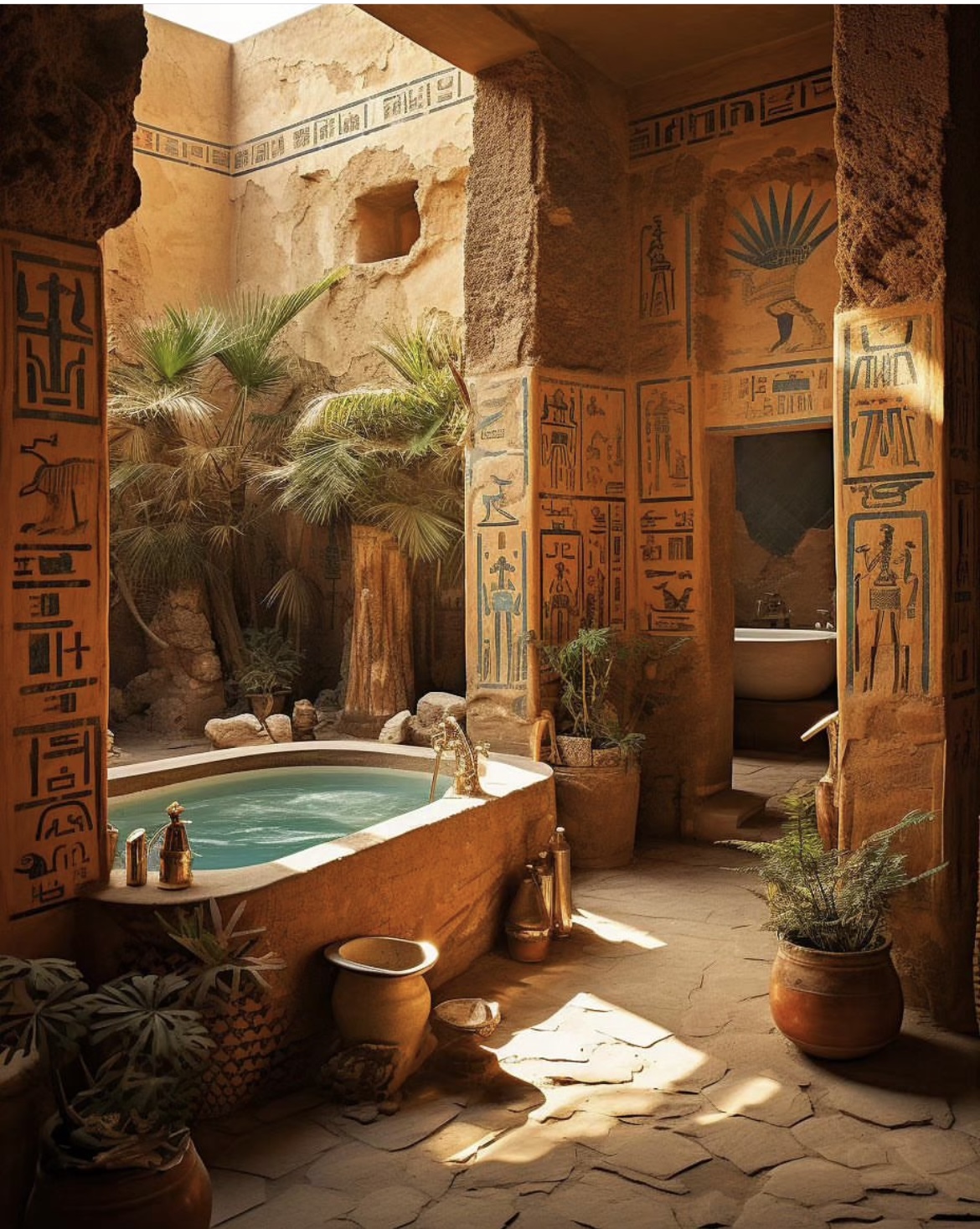
Ragab calls his AI generations “a visual artistic product that embodies artistic or design perceptions,” and believes that it “lacks the final details that characterize conventional engineering designs.”
The designs, created by the MidJourney AI generator, went viral across social media.

Many called for these images to be turned into actual hotel rooms, while others thought they were photos of real places.
